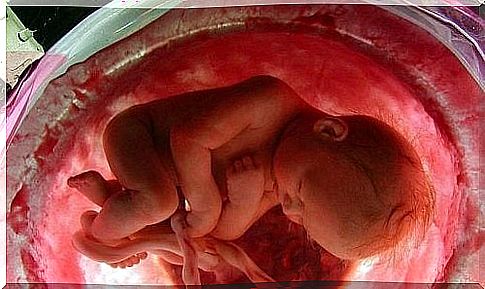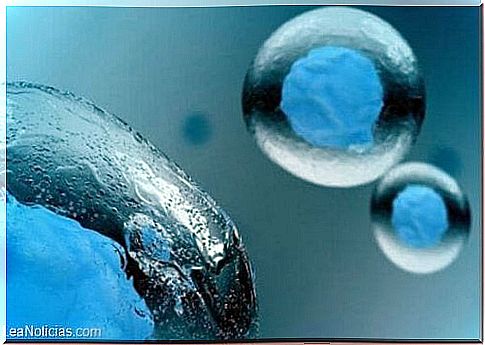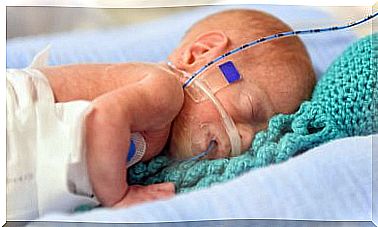Storage Of Stem Cells – What Is It About?

There are different types of stem cells, but in this article we will talk about the ones found in the blood of the umbilical cord. These are very special because they have regenerative properties.
This means that they are able to restore the blood-forming system. One also speaks of “haematopoietic progenitor cells”. This can lead to the development of various blood cells such as platelets, as well as white and red blood cells.
The storage of these stem cells is a scientific process. It aims to preserve these cells of high genetic value. Because in this way you can guarantee access to these for future medical applications.
In other words, the stem cells are removed at delivery. And then they are stored for therapeutic purposes. Because they contain material that is genetically identical to that of the baby. And that can be of great value in the face of future health issues.
The decision to remove and then store the stem cells must be made before delivery.
The day of birth is the only one on which these cells can be removed. Because normally you dispose of the umbilical cord after the birth.
However, if the parents so wish, the blood can be drawn from the umbilical cord with the help of advanced procedures. And then you can conserve it with innovative methods.
Depending on the degree of compatibility of the baby’s stem cells with other family members , they could theoretically also be used in medical interventions on blood relatives.
They can also be donated to other people depending on their therapeutic needs. Always provided that the necessary compatibility exists.

Why store stem cells?
The storage of stem cells during delivery is still a very controversial process.
On the one hand, the artificial manipulation of stem cells obtained from umbilical cord blood has many supporters. However, many more people today strictly reject it.
In any case, it is about the need to maintain health and life. And parents have a far-reaching decision to make.
That is why you should always think about this topic. But if the whole thing doesn’t convince you: Of course, there is no obligation to use such a procedure.
But maybe you are one of those parents who are considering this option. Or you just want to find out more about it. Then you will find some of the advantages of removing and storing stem cells below.

Advantages of harvesting and storing stem cells
- A very valuable property of these stem cells is the production and renewal of other specialized cells. They are similar to the bone marrow. And that gives them an almost unlimited benefit. Likewise, the restored elements can do the following: They can be used to stop bleeding, regenerate the immune system and even regenerate the entire bone marrow.
- One can apply this method, for example, if a disease attacks the organism. The same applies to toxicological accidents. Or with chemotherapy and radiation therapy treatments. According to recent research, stem cells also have other properties. So they can regenerate, etc. cells of the pancreas, the heart, the liver, the brain.
- Since the cells are absolutely compatible with the child, they can be used in the future without the risk of rejection or intolerance. In this sense, there is a certain guarantee of the possibility of an infinite number of treatments. And these treatments can target a wide variety of diseases.
- Storage of the stem cells is an important decision. And as I said, the parents have to meet them in advance. It represents an investment in the child’s health for years to come. In any case, the decision is entirely up to the family. The latter can either accept such a procedure or reject it.
Diseases that can be treated with stem cells
Stem cell transplantation has so far been successful in patients with very different diseases. In addition, numerous studies have confirmed its effectiveness in treating osteoporosis, leukemia, anemia, lymphatic cancer, and others.
The procedure has also helped in the treatment of genetic disorders of the immune system or the blood. Other diseases for which this procedure can also be used:
- Breast cancer, ovarian cancer, testicular cancer, lung cancer and skin cancer
- Heart attack
- Parkinson’s
- Primary brain tumors
- AIDS
- Alzheimer
- diabetes
- Rheumatoid arthritis
It is also effective in tissue regeneration and genetic therapies. Although one can only speak of tests so far, current research has raised high expectations for therapeutic use in diseases that have not yet been investigated.
In addition, one of the arguments is that it eliminates the need to invest large sums of money in a donor’s stem cells. And there is also no risk of intolerance.









